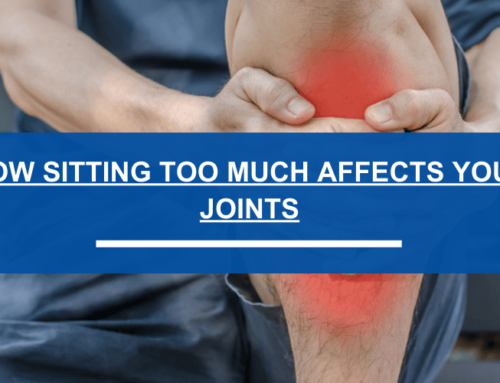Living with joint pain can be a daily struggle, whether it stems from arthritis, an old injury, or repetitive wear and tear. Among the non-surgical options for relief are corticosteroid injections and gel (hyaluronic acid) injections, each offering unique benefits. In this article, we’ll dive into what makes these injections different, a Comparison between Corticosteroid vs. Gel Injections, how they work, and which one might be the best option for you.
What Are Corticosteroid Injections?
Corticosteroid injections are widely known for their anti-inflammatory properties. They’re used to reduce inflammation in joints and provide pain relief, especially in conditions like osteoarthritis, tendinitis, and bursitis. These injections mimic cortisol, a hormone naturally produced by your adrenal glands, to reduce inflammation and suppress the body’s immune response within the joint.
- How They Work: Corticosteroids reduce swelling and inflammation around the affected joint, helping to relieve pain and improve mobility.
- Duration of Relief: Pain relief from corticosteroid injections is typically immediate but short-term, lasting anywhere from a few weeks to a few months.
- Frequency of Use: Corticosteroid injections are usually limited to a few times per year for any specific joint because frequent use can potentially lead to cartilage deterioration and other joint issues.
Pros and Cons of Corticosteroid Injections
- Pros:
- Immediate and significant pain relief
- Reduces inflammation quickly
- Ideal for inflammatory joint conditions
- Cons:
- Short-term relief; may need repeated injections
- Limited to a few injections per year
What Are Gel Injections?
Gel injections, also known as hyaluronic acid injections or viscosupplementation, are primarily used to treat osteoarthritis, especially in the knee. Hyaluronic acid is a substance naturally found in the synovial fluid of the joints, where it acts as a lubricant and shock absorber. As we age or as arthritis progresses, the amount of hyaluronic acid in our joints can diminish, leading to pain and stiffness.
- How They Work: Gel injections supplement the joint’s natural synovial fluid, improving lubrication and reducing friction between the bones. This helps alleviate pain and increases the joint’s range of motion.
- Duration of Relief: Relief from gel injections tends to develop gradually, often taking several weeks to reach its peak, but it can last up to six months.
- Frequency of Use: These injections can often be administered on a more regular basis than corticosteroids, typically every six months, depending on the patient’s needs.
Pros and Cons of Gel Injections
- Pros:
- Longer-lasting relief (often up to six months)
- Helps improve joint lubrication and reduce friction
- Safe to use more frequently than corticosteroids in many cases
- Cons:
- Takes longer to experience full relief
- More effective for certain joints (most commonly used for knees)
- Not ideal for severe joint inflammation
Key Differences Corticosteroid vs. Gel Injections
- Primary Function: Corticosteroids primarily reduce inflammation, while gel injections primarily improve lubrication.
- Onset of Relief: Corticosteroids provide rapid relief, whereas gel injections take longer to reach their full effect.
- Duration of Effect: Corticosteroids provide shorter-term relief, while gel injections can last several months.
Which Injection Is Right for You?
Deciding between corticosteroid and gel injections depends on various factors, including the type and severity of your joint pain, the specific joint affected, and how quickly you need relief. Here are some considerations:
- Immediate vs. Long-Lasting Relief: If you need immediate pain relief for an acute flare-up, corticosteroids might be the best choice. For more sustained, gradual relief, gel injections could be beneficial.
- Inflammation Level: For joints with a high level of inflammation (redness, swelling), corticosteroids can provide quick relief. For stiffness and friction-related pain without major inflammation, gel injections may be more effective.
- Joint Type: While both types of injections are used in various joints, gel injections are most commonly used for the knee, where they provide longer-term support for osteoarthritis.
Final Thoughts
Corticosteroid and gel injections offer valuable options for managing joint pain, each with unique benefits suited to different conditions and needs. Speaking with Dr. Oladapo M. Babatunde is essential to determine the best treatment plan tailored to your specific situation. Whether you’re aiming for immediate relief or a longer-lasting solution, both types of injections can improve your quality of life and help you stay active.
Remember, managing joint health is about balancing immediate needs with long-term joint preservation. Your path to comfort and mobility could be just an injection away.







